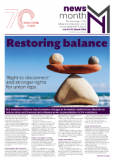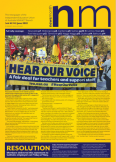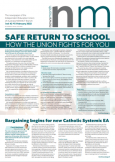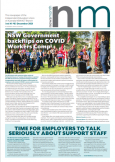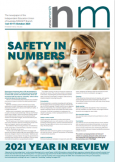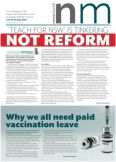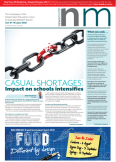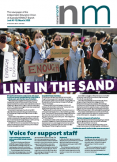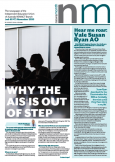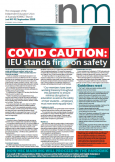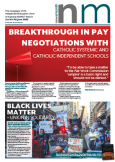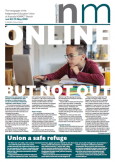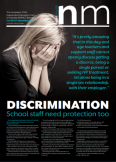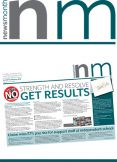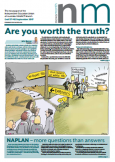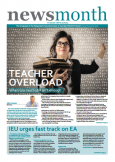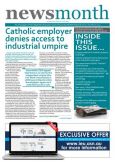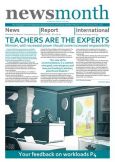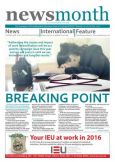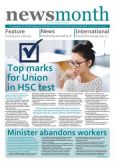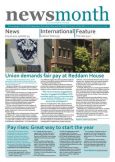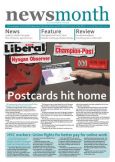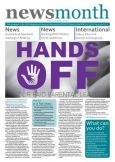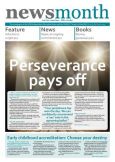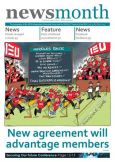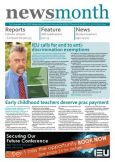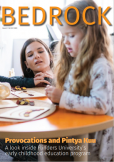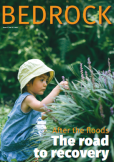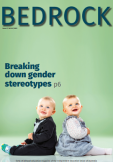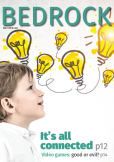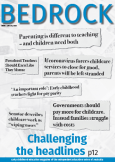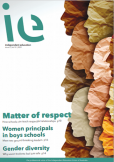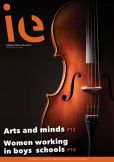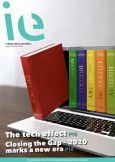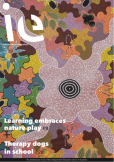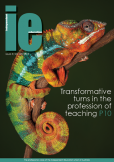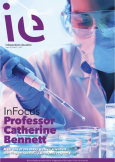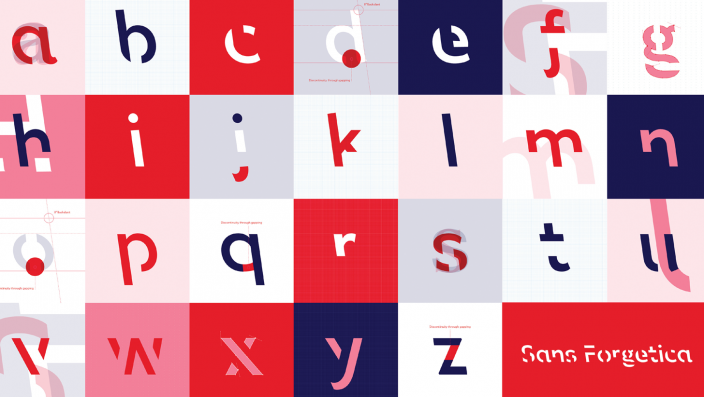
Designers and researchers from Royal Melbourne Institute of Technology (RMIT) have developed a font proven to help students remember more effectively when reviewing study notes. Journalist Sara El Sayed explores the innovation.
Sans Forgetica has been designed using principles of psychology to improve retention of written information and to assist students in the lead-up to their exams.
Creating ‘desirable difficulty’
With ‘clean’ and ‘smooth’ typefaces seen as less effective in helping a reader retain information, developers of Sans Forgetica sought to capture the reader’s attention by disrupting the flow of individual letters.
The font works to create ‘desirable difficulty’, which involves using a ‘considerable but desirable’ amount of effort when reading, therefore improving retention and recall of information.
Sans Forgetica’s visual distinctiveness causes readers to spend more time on each word, thus enhancing retention of information.
Dr Janneke Blijlevens and Dr Jo Peryman of RMIT’s Behavioural Business Lab collaborated with typographer Stephen Banham in developing the font.
Dr Blijlevens said participants in the research trial initially indicated that they found the text more difficult to read, thinking this may have impaired their memory; however, results showed that people’s memory improved when presented with words in Sans Forgetica.
“This indicates that, as the desirable difficulty principle suggests, people have to put in more effort to read in Sans Forgetica. They may have the impression that it is not conducive to learning, but in reality, it is,” said Dr Blijlevens.
“Since we launched Sans Forgetica – for free use to everyone – we have received many emails from people saying they find it works well for them.
“We have even had people with dyslexia write to us saying it has helped them a lot.
“We are hoping to look into the use of the font in helping people with dyslexia further in future research.”
Your students may benefit
The study tested the font with students aged 18–25; however, Dr Blijlevens noted that the effect should not differ significantly for a younger generation.
“The mechanisms behind the design of this font are based on prior research specifically studying the principle of desirable difficulty with high school students.
“We are looking forward to testing this in a high school environment and are working with a team to commence that research, hopefully, in 2019.”
How to use Sans Forgetica
The font is best used as a tool to highlight key passages that students want to remember.
“We found that specific smaller sections of text highlighted in Sans Forgetica were remembered seven percentage points more than when all of the text was presented in plain Arial,” Dr Blijlevens said.
“An example of how to use Sans Forgetica could be by converting your own notes of the study material in flash cards and use those to repeat and memorise key pieces of information.”
The tool may also be helpful is assisting students memorise oral presentation notes.
The font can be used by most programs across both Mac and PC, and is also available as a Google Chrome browser extension – to convert text on websites.
Read more about Sans Forgetica, and download the font as a free resource or as a Chrome extension, at www.sansforgetica.rmit




